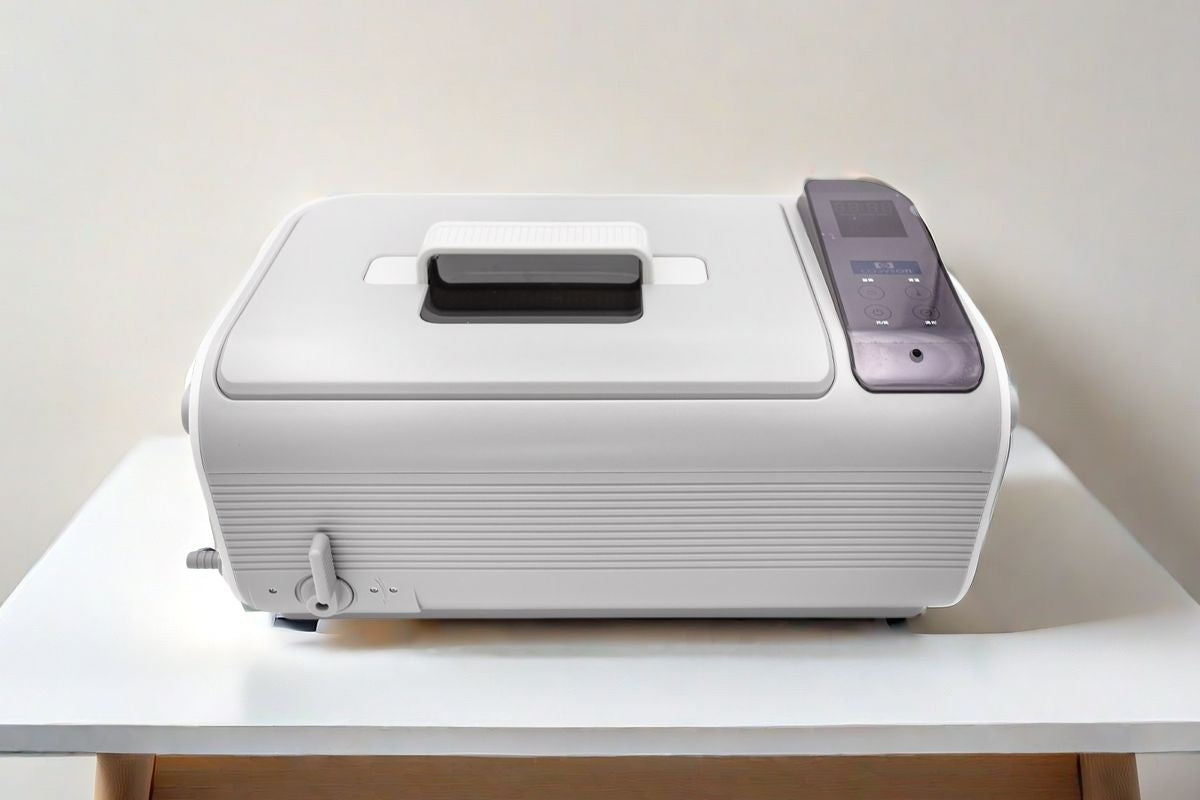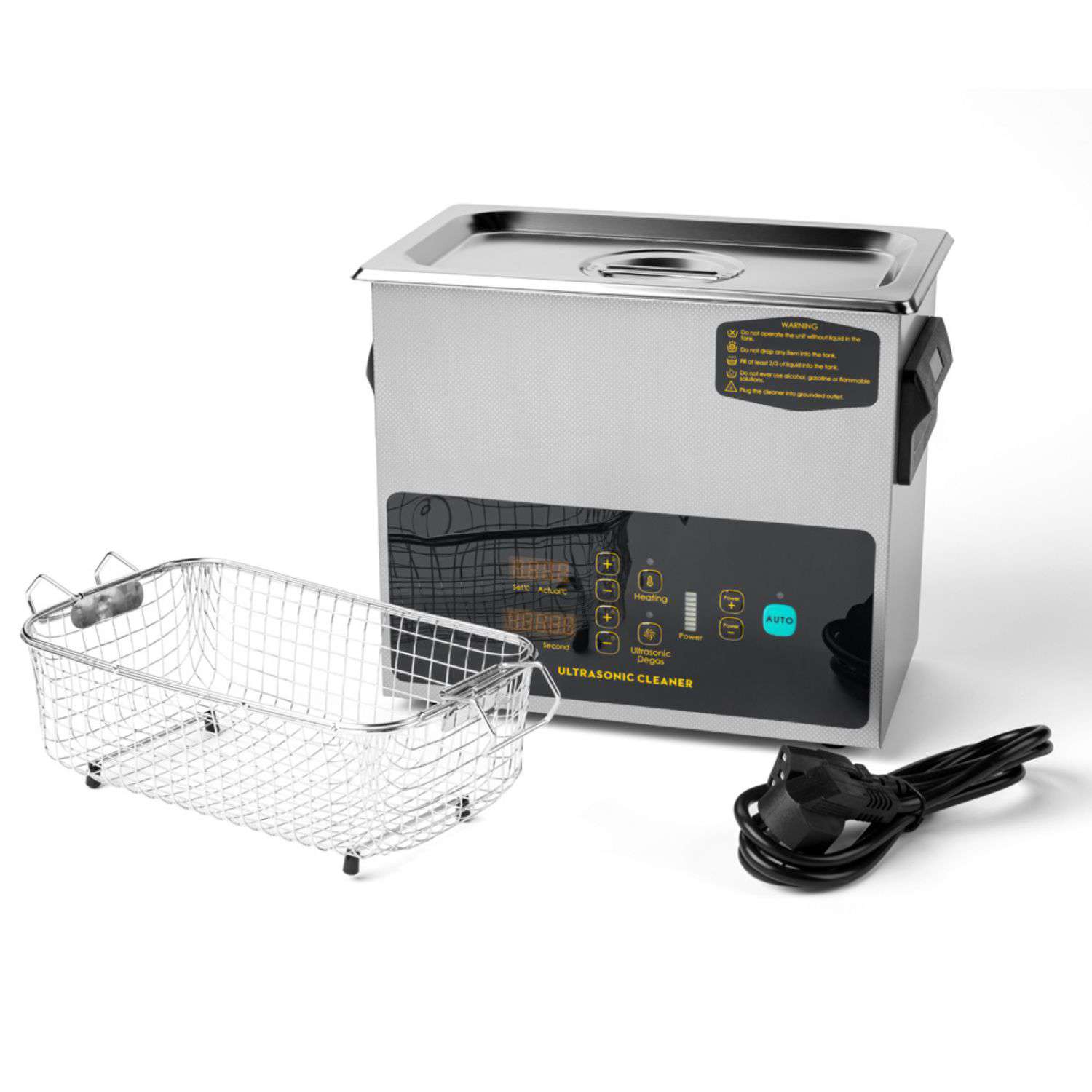
Istar Dental Supply
Istar dental supply provides your clinic with high-quality ultrasonic cleaner dental, enhancing your work efficiency!
Key Features

High Cleaning Degree
Ultrasonic cleaner dental uses high-frequency sound waves to ensure thorough and deep cleaning of dental instruments.
Ultrasonic cleaner in dentistry effectively removes all contaminants, including blood, saliva, and debris, reaching even the smallest crevices.

Fast Cleaning Speed
The ultrasonic cleaning process is incredibly fast, significantly reducing the time required to clean multiple instruments simultaneously.
This efficiency helps streamline your workflow and improve productivity.

Effective Reduction of Microbial Contamination
By thoroughly cleaning instruments, our ultrasonic dental cleaning effectively reduces microbial contamination, ensuring a safer environment for both patients and staff.
This high level of hygiene is crucial for maintaining health standards in your practice.

High Quality and Low Price
We offer high-quality ultrasonic cleaners at competitive prices. Our dental cleaning tools ultrasonic are built to last, providing excellent value for your investment.
Additionally, they are professionally certified by the FDA and CE, meeting international standards for safety and efficacy.

Ultrasonic Cleaner Dental Definition
Ultrasonic dental cleaner is a device that utilizes high-frequency sound waves to generate cavitation bubbles in a cleaning solution.
These bubbles effectively dislodge and remove debris, blood, and contaminants from dental instruments, ensuring they are thoroughly cleaned before sterilization.
Ultrasonic Cleaner Dental Use
Dental ultrasonic cleaner is employed in dental practices to clean various instruments, such as scalers, forceps, and burs.
These devices are particularly useful for cleaning instruments with intricate designs and small crevices that are difficult to clean manually.

FAQ of Ultrasonic Cleaner Dental
To use an ultrasonic cleaner in dentistry, fill the tank with an appropriate cleaning solution. Place the instruments in a basket and submerge them in the solution without overcrowding.
Set the desired cleaning cycle time and temperature, then start the ultrasonic cleaner. After the cycle is complete, rinse the instruments with water to remove any remaining cleaning solution.
Avoid placing items made from soft metals, pearls, certain plastics, or electronic devices in the ultrasonic dental cleaning.
These materials can be damaged by the ultrasonic waves or the cleaning solution. Additionally, avoid items with glued components, as the vibrations can cause the glue to break down.
To maintain the ultrasonic bath dental, empty and rinse the tank thoroughly after each use.
Periodically, perform a deeper clean using a mild detergent to remove any buildup on the tank walls. Ensure the unit is completely dry before refilling it with fresh cleaning solution.
The optimal temperature for a ultrasonic cleaner dental instruments typically ranges from 50°C to 65°C (122°F to 149°F).
This temperature range enhances the cleaning action of the solution while maintaining the safety and integrity of the instruments being cleaned.
Ultrasonic cleaning machine dental offers significant advantages over manual cleaning for dental instruments.
Ultrasonic dental appliance cleaner uses high-frequency sound waves to thoroughly clean all instrument surfaces, including hard-to-reach areas, ensuring consistent and effective removal of contaminants.
This method is more efficient, reducing time and labor, and safer, minimizing the risk of injuries and exposure to harmful chemicals. In contrast, manual cleaning is labor-intensive, less consistent, and may not achieve the same level of thoroughness, particularly with complex instruments.
The ultrasonic cleaner dental equipment uses the high-frequency oscillation signal emitted by the ultrasonic generator to cause the "cavitation effect" of the liquid to generate a powerful shock wave, thereby peeling off the dirt layer.
Cavitation occurs when high-frequency sound waves cause the formation and rapid collapse of tiny bubbles in the cleaning solution. The implosion of these bubbles creates intense localized forces, releasing energy that effectively removes contaminants, debris, and biofilm from dental instrument surfaces.
Any question?
If we still haven't answered your question, you can contact us below and we will get back to you as soon as possible.









